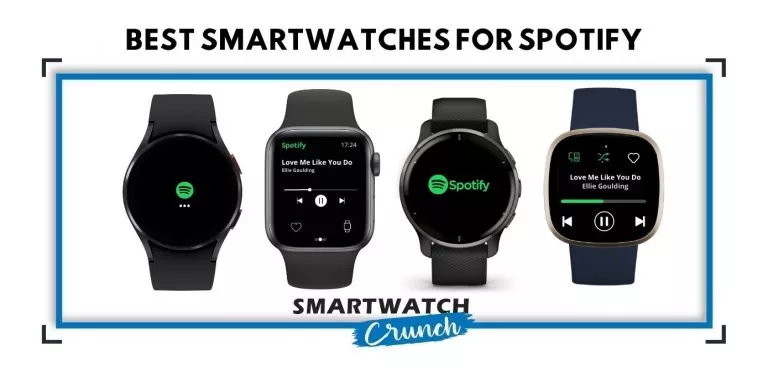
Smartwatches with offline Spotify Support: Ultimate Guide 2024
Picture this: you’re gearing up for your daily jog, swim, or cycle, but instead of lugging around that bulky smartphone, you’ve got all your favorite …
Google Pixel Watch 2 vs Garmin Venu 3 — How are they different?
Buying a new smartwatch to pair with your Android phone, and can’t decide between Garmin Venu 3 and Google Pixel Watch 2? This guide is …
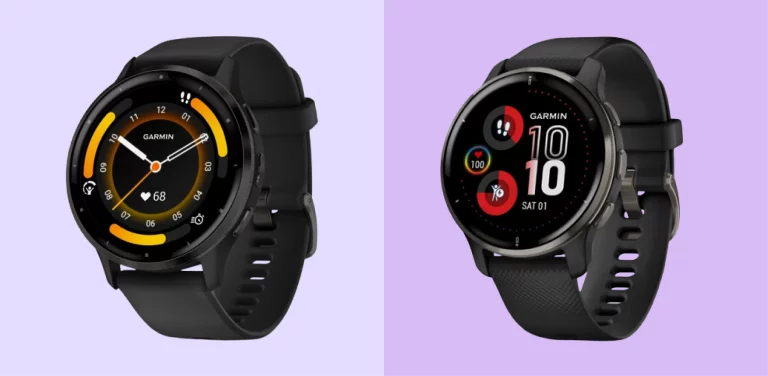
Garmin Venu 3 vs Venu 2 Plus Comparison
Garmin has recently released the Venu 3 series, nearly 2 years after the launch of Venu 2. However, there was a release in between that …
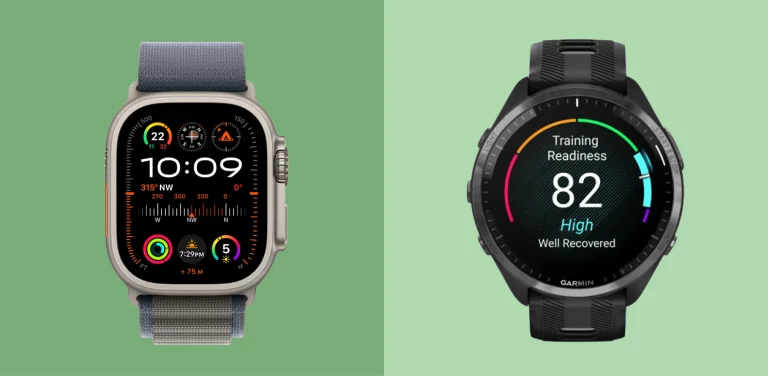
Apple Watch Ultra 2 vs. Garmin Forerunner 965 Comparison
Unlike its first generation which was a major breakthrough, Apple Watch Ultra 2 has been released with only iterative changes. There is a new processor …
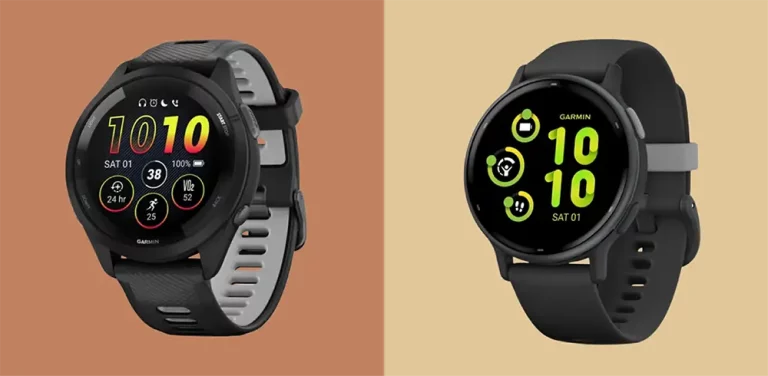
Garmin Vivoactive 5 vs Forerunner 265
Do you need a running watch with smartwatch features or a smartwatch with running features? Isn’t both the same? Nah. That’s how Garmin separates its …
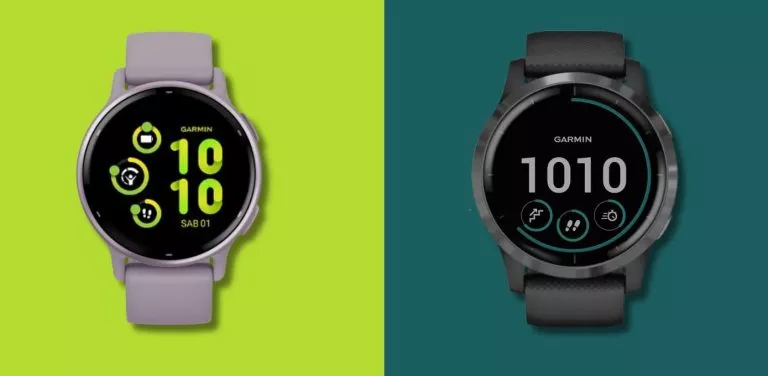
Garmin Vivoactive 5 vs Vivoactive 4: Making the Smart Choice
Garmin released the Vivoactive 5 in September 2023. To be honest, I was skeptical of any new release in the Vivoactive series mainly because the …
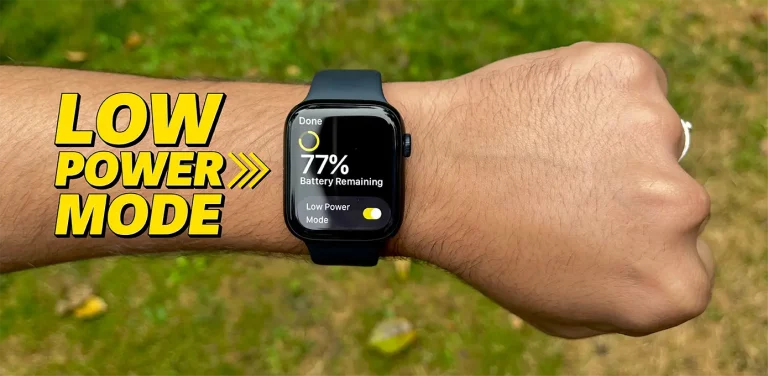
My Apple Watch Delivered 70 hours in Low Power Mode (way beyond my expectations)
I own the Apple Watch Series 8, 45mm, GPS model. It has been the ultimate companion of my wrist for the last few weeks. Though …
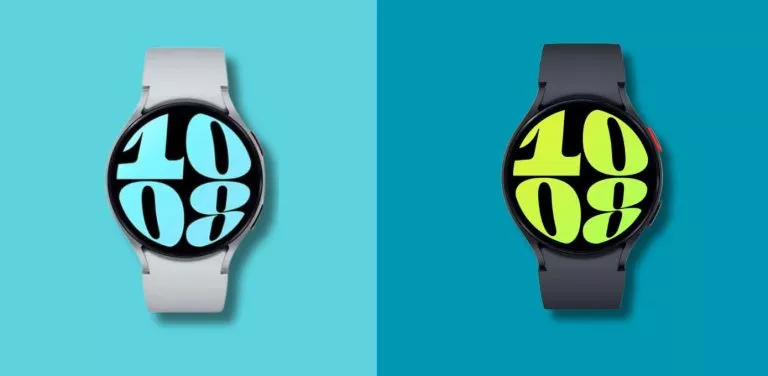
Galaxy Watch 6 Bluetooth vs LTE – Which is Right For You?
So you have been planning to buy the Galaxy Watch 6 and wondering what can possibly be the difference between the Galaxy Watch LTE vs …

Which smartwatches have Audible?
Here is the short version. The Audible app is currently available on both Apple’s WatchOS and Google’s WearOS smartwatches. For users of other platforms (like …
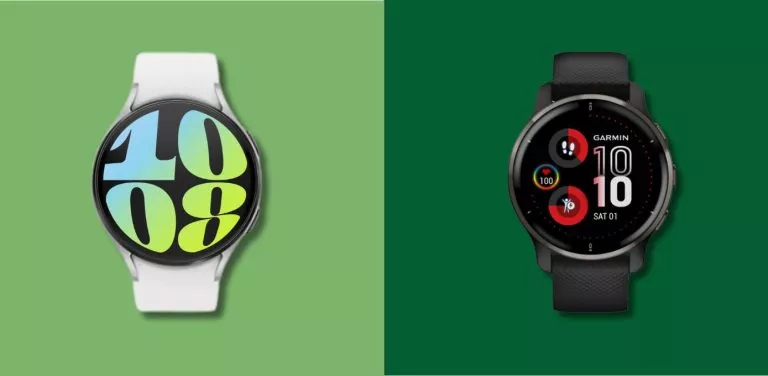
Samsung Galaxy Watch 6 Classic vs Garmin Venu 2 Plus Comparison
Over the years, Samsung and Garmin have engaged in a tough rivalry to produce the best sports watch for Android. While Garmin has an upper …
